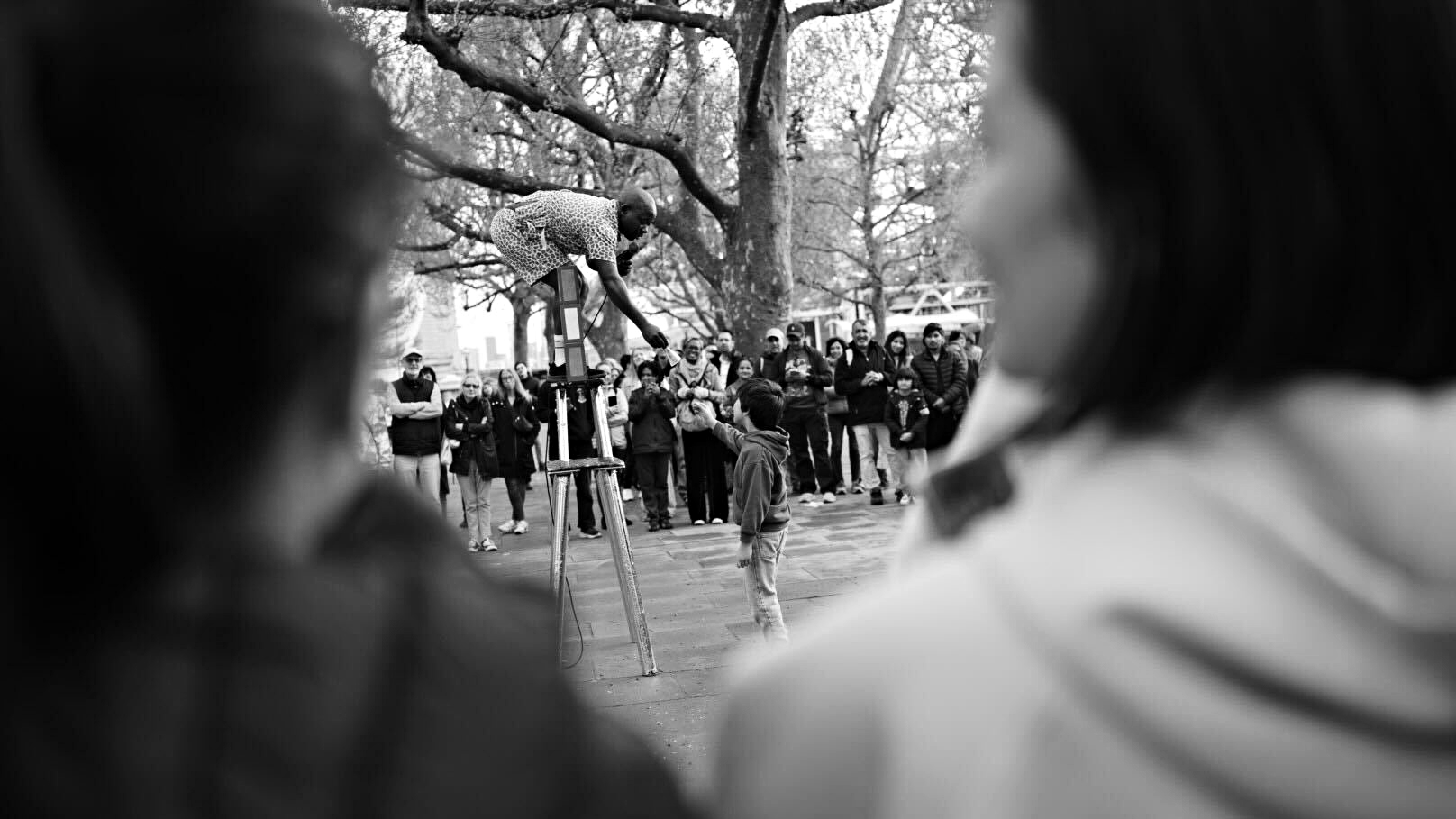Gaming the system: I talked to the photographer who tricked the AI industry
Miles Astray entered a real-life photograph into an AI competition – and won. Here's our conversation about AI and its dangers
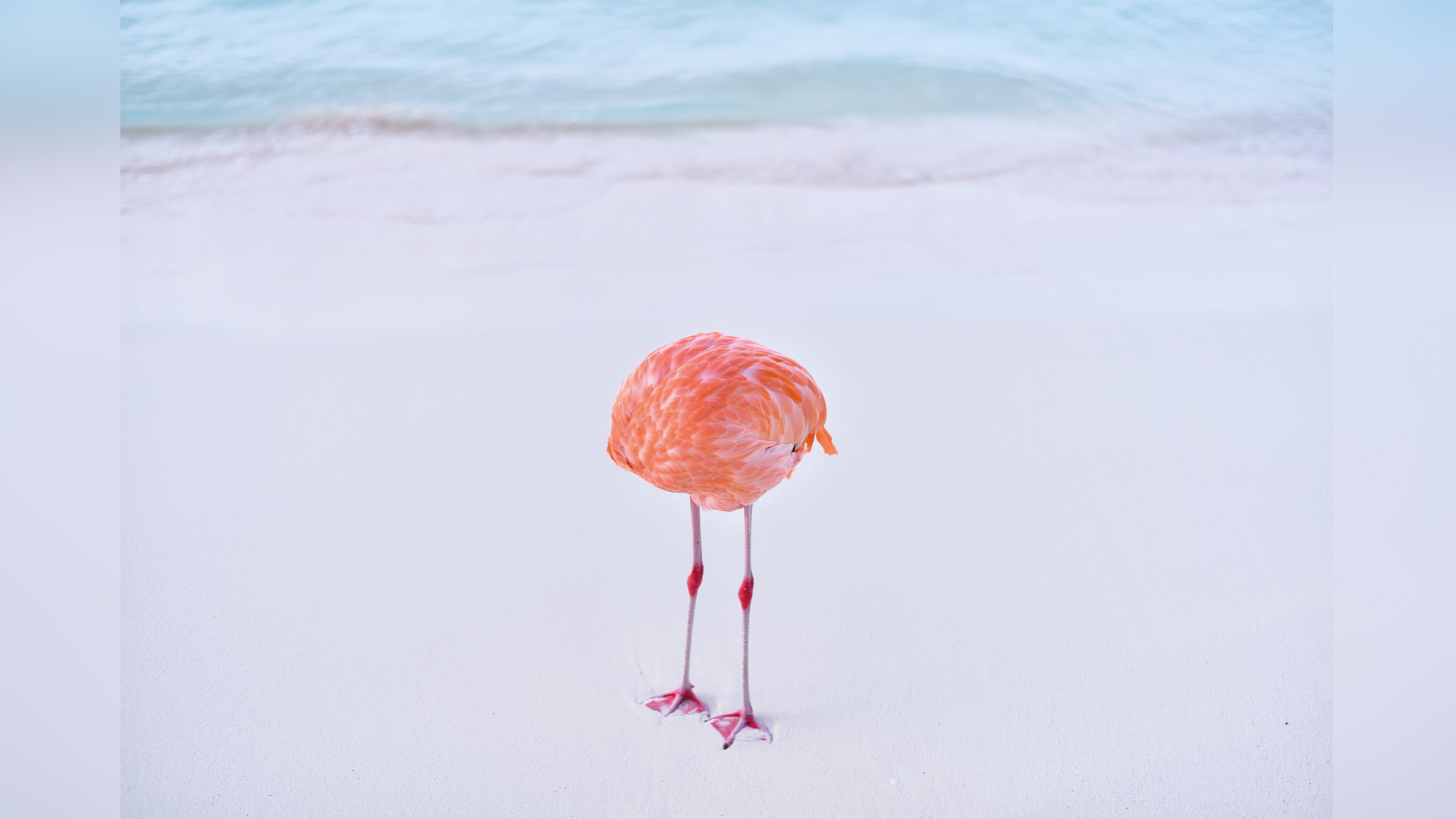
Many photographers and creatives have dived into the world of AI-generated imagery, fuelled by curiosity and a desire to explore new horizons. AI imagery not only captivates with its innovation, it also presents a distinctive visual language and compelling storytelling that fascinates the viewer.
As photographers, we are also able to recreate these AI-like effects through the skillful application of real-world photographic techniques and compositions. Miles Astray demonstrated this, when he gained significant recognition in the industry by winning an AI imagery competition with a traditional photograph.
In this interview, we explore the idea of combining subjects in unexpected contexts to challenge and redefine our conventional perspectives of reality, while also discussing the potential dangers associated with AI.

Tell us a bit about your journey and what inspired you to enter the 1839 Awards with your real-life image 'Flamingone'?
I’m a writer and photographer, blending both on my website, inspired by my travels over almost 13 years. I embrace a nomadic lifestyle, immersing myself in local cultures to get a feel for the place and document whatever I stumble upon in words and pictures.
My photography follows a documentary approach and my writing is non-fictional, but there is often a poetic element to my work. It’s not necessarily photojournalism but an artistic combination of the two mediums, focusing on the realities of diverse cultures and the human condition, exploring our commonalities and differences.
So there’s a philosophical, anthropological, and psychological element to all of this. My goal is to authentically depict these realities, even though it inevitably involves a degree of artistic interpretation.
I entered the 1839 Awards to counter the trend of AI-generated images winning photography competitions. I wanted to highlight the value of human creativity and to show that Mother Nature and reality still do it best. I’m thrilled that my photograph won two awards, reaffirming the importance of genuine artistic expression.
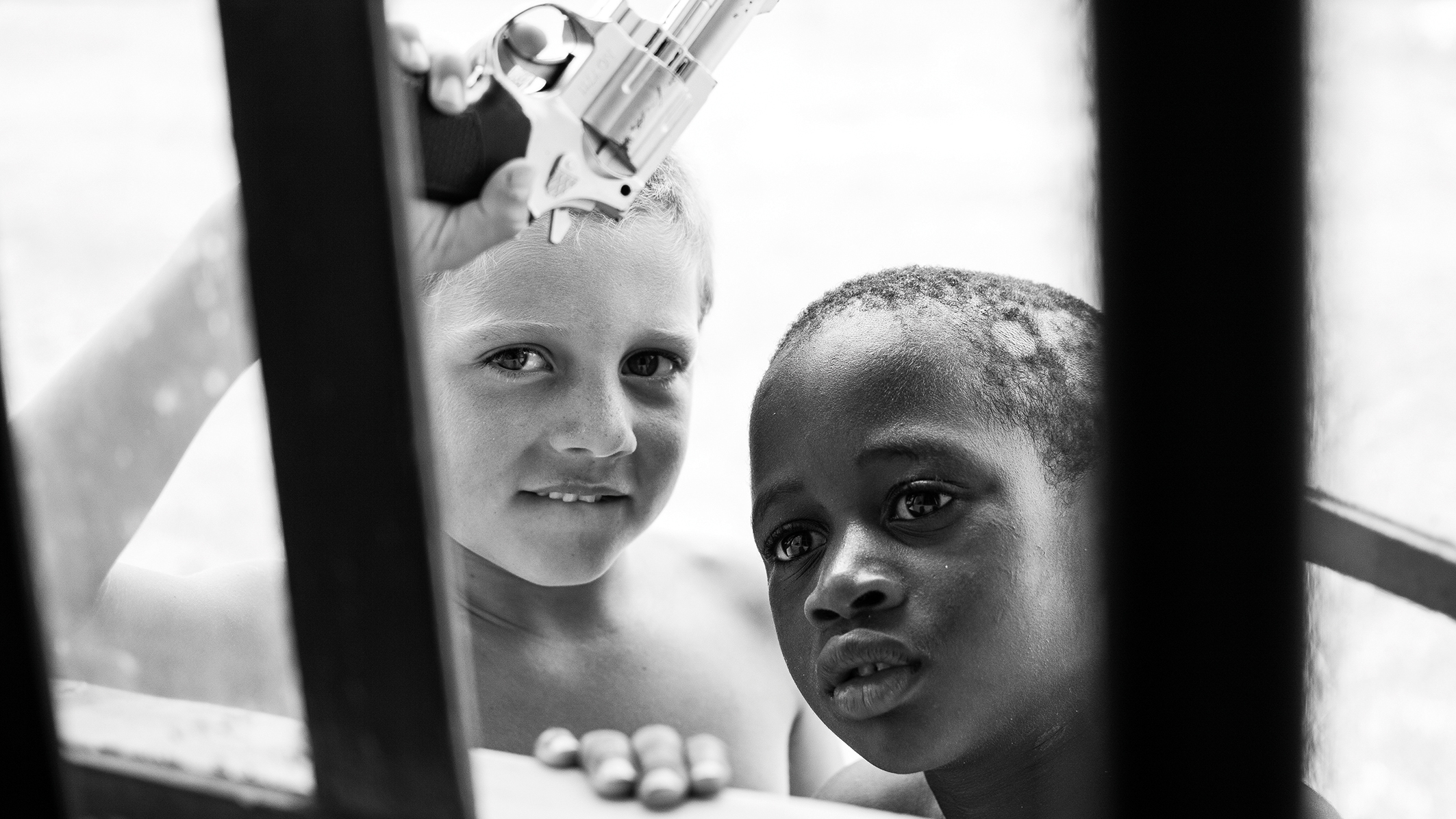
You described your submission as a "jab at AI and its ethical implications". Can you elaborate on what you meant?
It highlights how easily AI-generated content can deceive viewers. Recently, we’ve seen AI-generated images winning photography competitions because the juries were unaware of their origins. This raises ethical concerns about authenticity, especially as the digital landscape becomes increasingly saturated with photorealistic AI images.
The technology has seen exponential development in the past few years, allowing anyone to create convincing visuals. This abundance of false imagery blurs the line between reality and fabrication. My satirical entry into an AI competition – a genuine photo mistaken for AI-generated – underscored this issue by tricking both the jury and the public.
The aim was to spark a discussion about the importance of transparency in identifying the source of images, emphasizing that without proper labeling, discerning what’s real from what isn’t becomes increasingly challenging.
Why do you think your photograph resonated more with the public and jury than the AI-generated images in the competition?
I chose that particular photograph because it has a surreal element to it. A flamingo is already a fascinating animal, especially in terms of its color and overall appearance. In this specific shot, the head is not missing but rather hidden, which makes it appear headless. I thought this unusual aspect might evoke the type of imagery often associated with AI.
I believe that people had an emotional connection with my image – it resonated with them, which contributed to it receiving more public votes and winning the People’s Choice Award. In contrast, the other images I saw were fairly photorealistic – perhaps even more so than mine – and so they looked pretty real.
But then, I found them to be a bit generic, whereas my photograph, with its unusual elements, stood out emotionally and captured people’s interest more effectively.
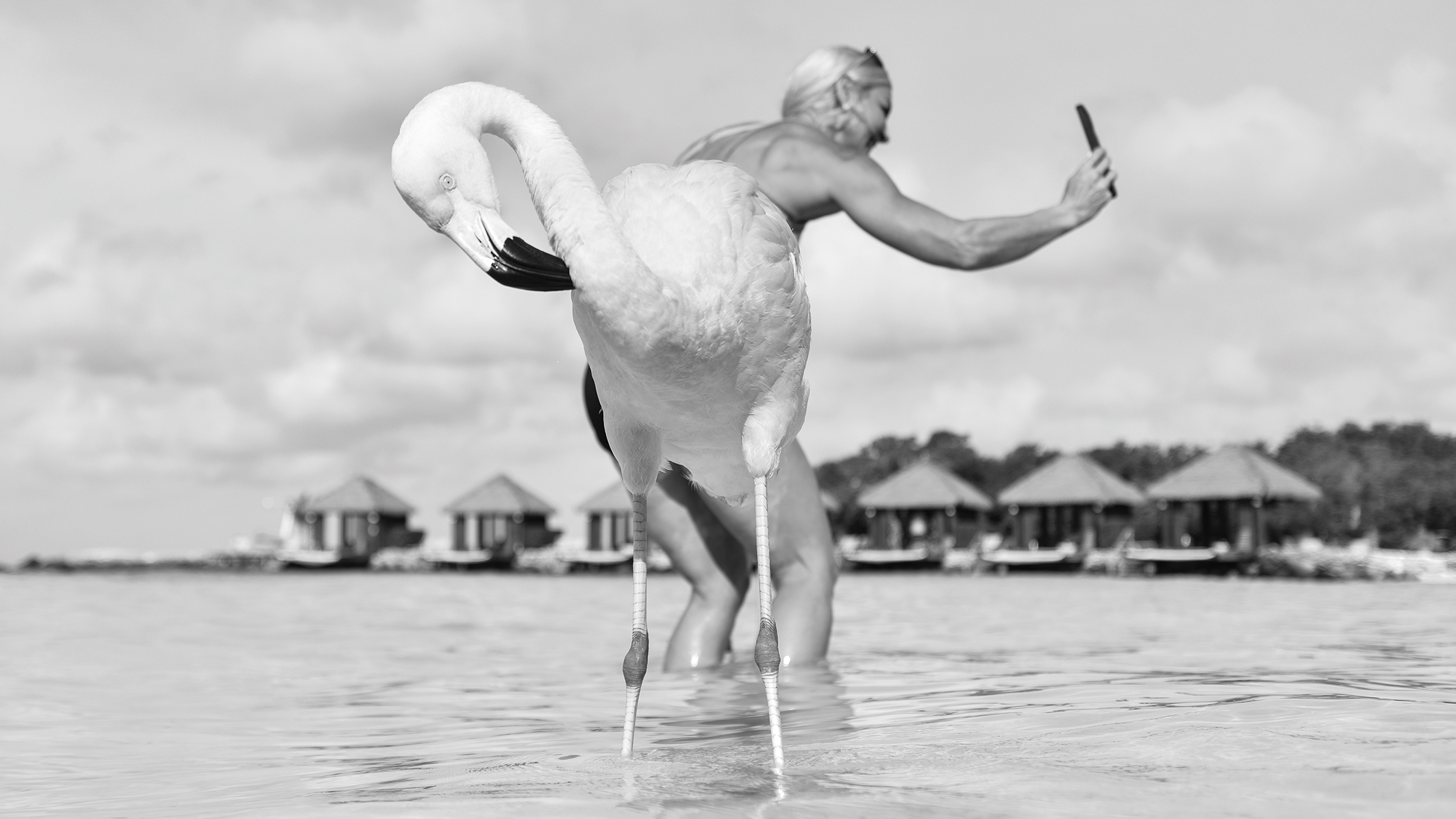
How did you create the surreal effect in the Flamingone image? Did you follow a vision, or did you take a documentary approach?
Actually, it was the latter. It was mostly sheer luck. I’d planned to see flamingos at a beach in the Caribbean where they roam freely. I went there to observe them up close, which was an interesting experience in itself.
That morning, the first flamingo I encountered was just going about its routine, using its beak to scratch its plumage. It was a lucky moment; I was simply taking pictures, and then it suddenly assumed that position. Fortunately, I was able to capture it at just the right moment.
What are your thoughts on the trend where photography aims to achieve the visual style of AI imagery?
With Flamingone, I have created an image with a surreal appeal, but for me personally, it has never been my ambition to create images that look AI-generated. However, I think that’s an interesting boundary to straddle between reality and imagination, also from an artistic point of view.
One of the most amazing aspects of reality is its sometimes unbelievable nature. Nature surprises us with incredible creatures, like flamingos, and capturing them at the right moment can yield astonishing results, sometimes even making them appear headless. This interplay between reality and our human interpretation of it fascinates me.
That’s why I’m currently organizing a traveling exhibition titled Can’t Make That Up, [pictured below] featuring images that encourage viewers to question their view of reality.
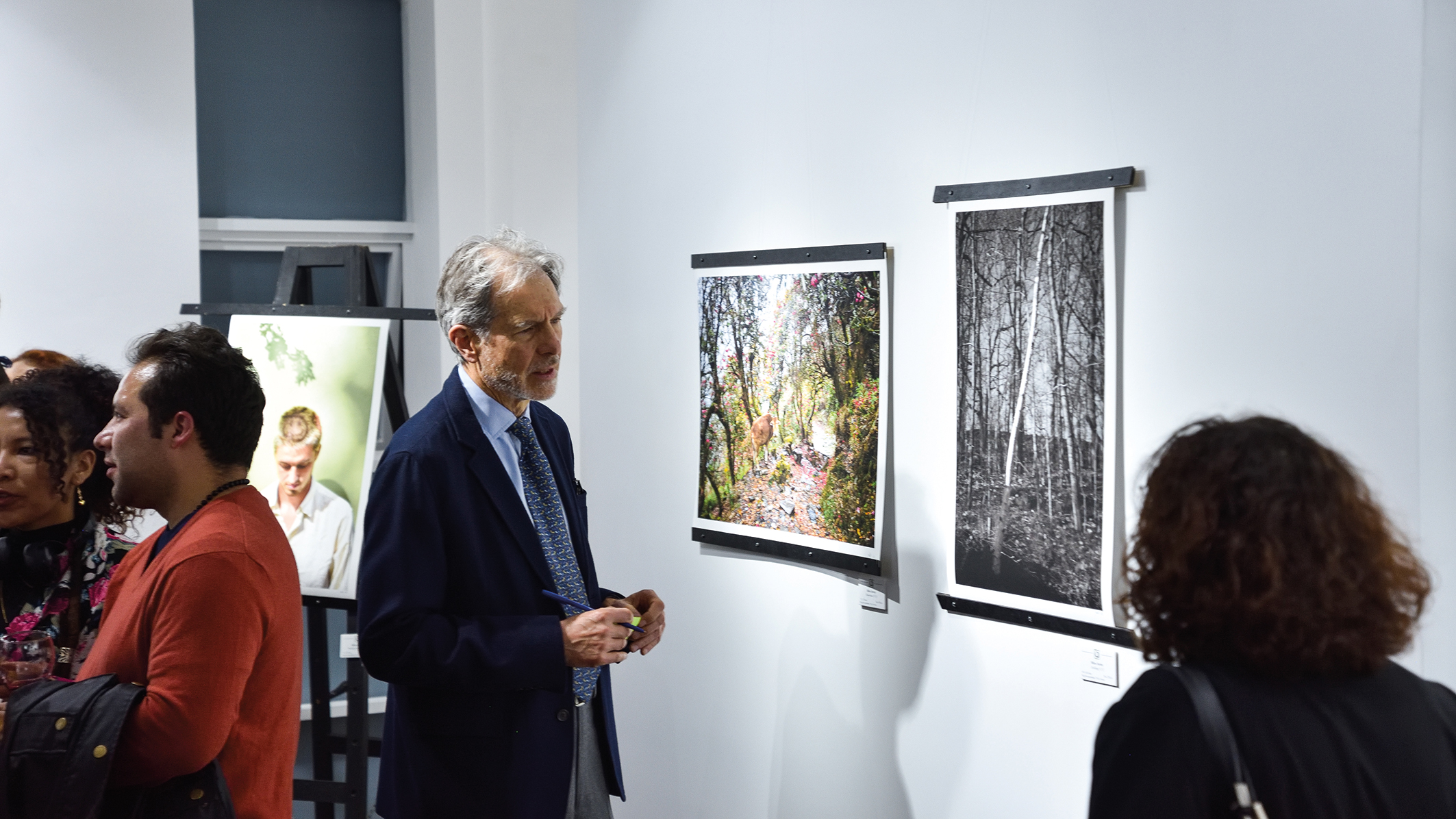
Interesting! Can you tell us more about what’s in this exhibition?
I intentionally selected images with surreal elements from my body of work. During the exhibition’s inauguration, we encourage attendees to question the authenticity of the images by telling them that one might be AI-generated. They then share their opinions on Post-it notes before we reveal which images are actual photographs.
This interactive approach creates interesting reactions, with nearly every photo receiving at least one vote for being AI-generated. It’s interesting to see how people react psychologically and how this uncertainty affects their perception of the entire collection.
Do you believe your submission has influenced the public’s perception of AI in photography?
I hope that’s the case. At the moment, there is a lot of attention on the topic. I wasn’t the first to address it and, actually, my stunt was inspired by artists who had won photo contests with AI imagery. Like Boris Eldagsen, who won the creative category of the Sony World Photography Awards in 2023. We connected over this topic and became friends.
We need to pay close attention to this technology now and establish guardrails while discussing its implications and how we want to shape the future with it. It’s highly disruptive and has a significant impact. The initial outcry about Boris’ win was a wake-up call and my stunt served as a reminder about a year later.
We must continue this discussion. AI is truly a game-changer. I feel like we missed an opportunity with social media, which also started as a digital revolution that nobody regulated. It was just a fun way to connect with friends and share pictures, but it quickly evolved to become instrumental in eroding democracies and influencing elections.
We must see to it that the societal risks of AI, like the dissemination of misinformation, don’t outweigh its benefits.

A multi-disciplinary artist whose work intertwines writing and photography into a form of art activism, Miles embarked on a "slow and immersive" journey around the world in 2012. He has since crafted a unique voice that transcends traditional genres and styles.
The DSLR behind the image
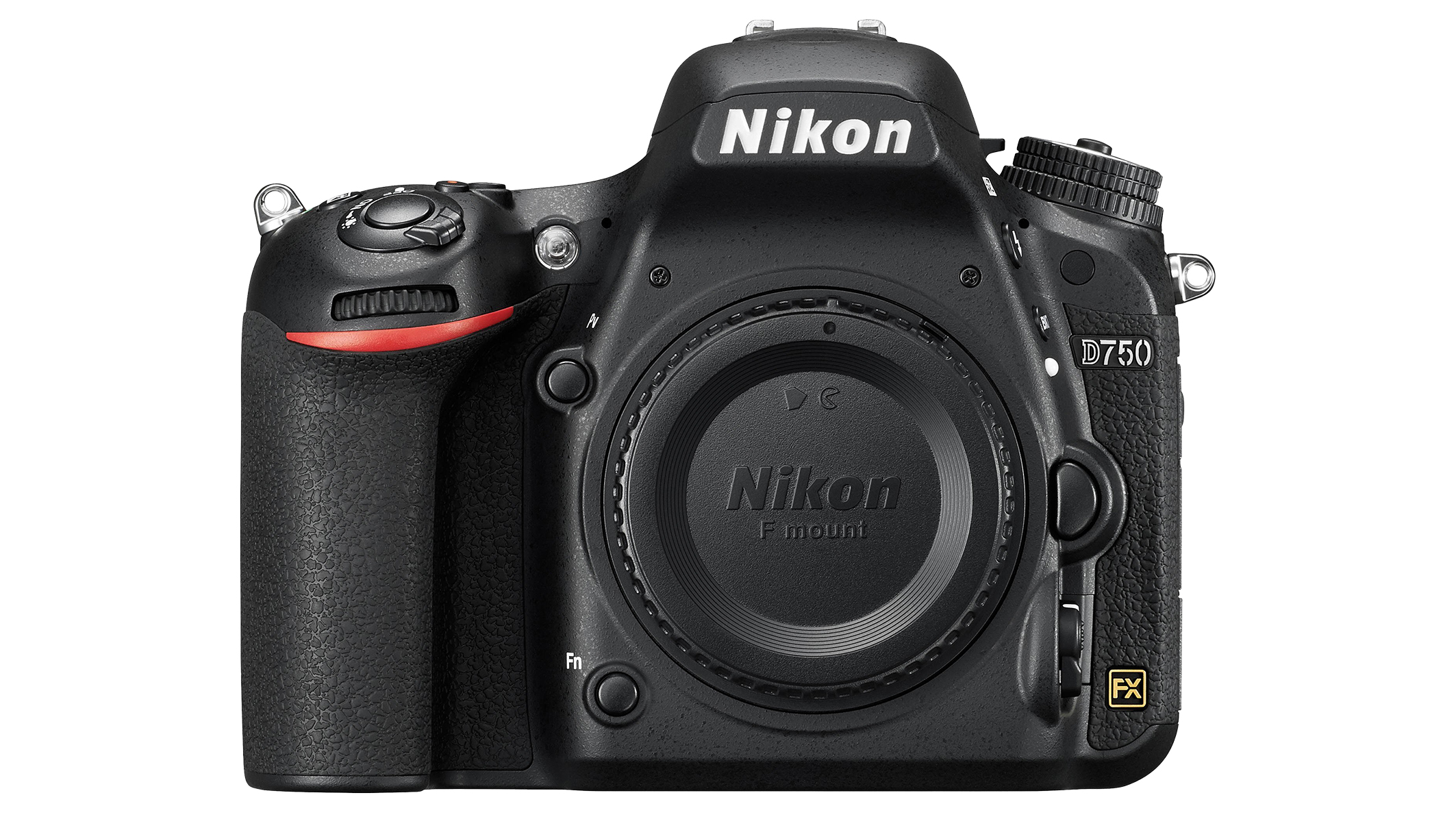
"I shot the image with a Nikon D750 DSLR, my go-to camera for travel. While I own an analog camera, digital photography fits my nomadic lifestyle better. This robust, portable, full-frame camera strikes a great balance. I’ve tried models with smaller sensors, but image quality can suffer. The Nikon offers the technical features I need while still being compact and easy to carry."
You might also like…
If you don't want to use an AI image generators, you can try your hand at your own flamingo shots with the best cameras for wildlife photography and the best lenses for bird photography.
Get the Digital Camera World Newsletter
The best camera deals, reviews, product advice, and unmissable photography news, direct to your inbox!
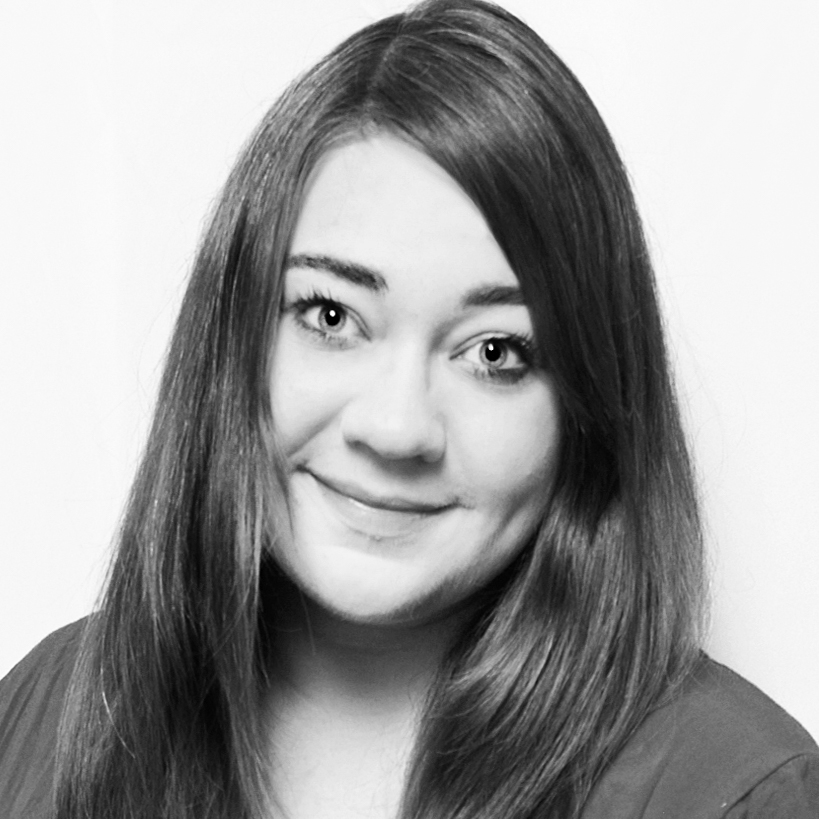
Kim is the Staff Writer on Digital Camera World, and formerly Technique Editor at Digital Photographer, focusing on the art and science of photography. With a Master’s degree in Photography and Media, she is driven to educate through an analytical approach, visually and technically. With her guides and tutorials, Kim seeks to uncover new facets of this time-honoured medium and foster a deeper understanding of its profound role in culture. Kim highlights topics that resonate with modern society, including women in photography and critical issues such as environmental conservation. She also discusses and reviews camera gear, giving you an overview to find the best fit for your photography journey.
You must confirm your public display name before commenting
Please logout and then login again, you will then be prompted to enter your display name.
